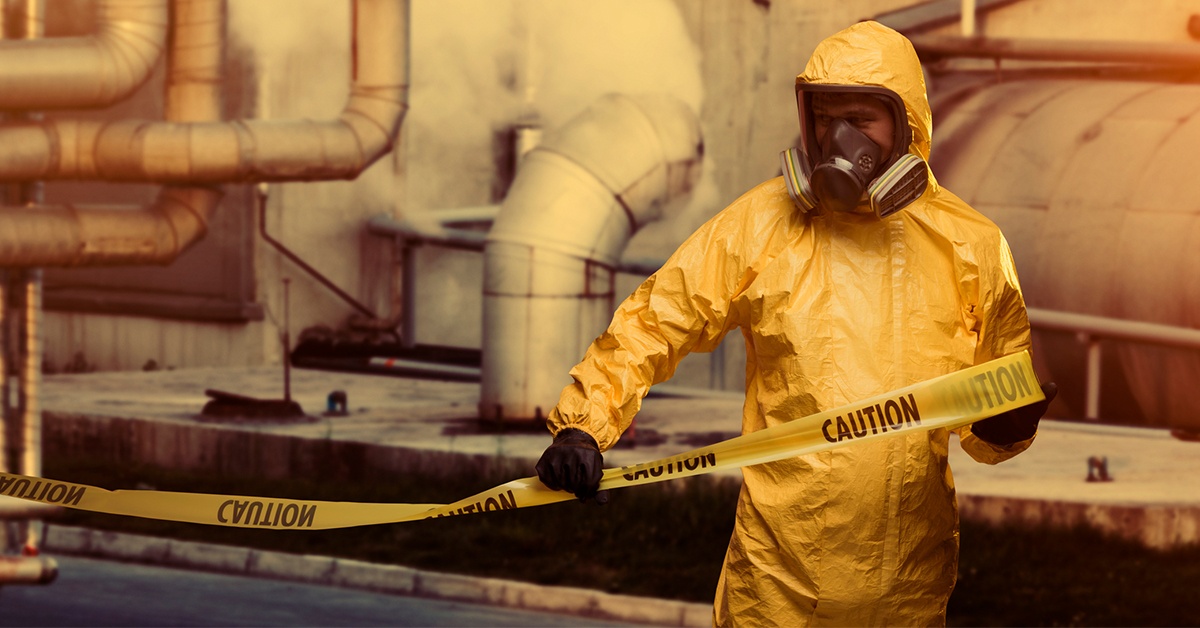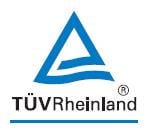
Combustible dusts and flammable gases, mists or vapors can lead to potentially explosive atmospheres if electrical equipment or machinery have faults at the point of installation. Because of this, Hazardous Location Field Evaluations are one of the most complex categories of onsite equipment evaluations. These evaluations employ some specialised Standards in order to ensure safety of inspectors and workers.
UL698A
UL698A is the Standard for Industrial Control Panels Relating to Hazardous (Classified) Locations. It is used in conjunction with UL508A, the Standard for Industrial Control panels. In many cases, these control panels are located outside of the classified areas, and arcing and sparking are prevented by the use of Intrinsic Barriers.
There are specific requirements for the use of these components inside the control panel, and also numerous markings required, both inside and outside the control panel.
NFPA 496
NFPA 496 is the Standard for Purged and Pressurised Enclosures for Electrical Equipment. These enclosures and their associated electrical components are pressurised to prevent explosive and flammable gasses and dust from entering the enclosure.
After shutdown or maintenance, a number of exchanges are required before the equipment can be re-energised, especially if “protective gasses” are used, such as air and nitrogen. There are also requirements for alarms, and specific markings and temperature ratings.
Other Hazardous Location Standards
There are several other hazardous location standards that are often used or referenced, such as:
- NFPA 30, Flammable and Combustible Liquids Code
- NFPA 33, Spray Application Using Flammable or Combustible Materials
- NFPA 34, Standard for Dipping, Coating and Printing Processed Using Flammable or Combustible Liquids.
These standards have specific and sometimes complex requirements for reliable ventilation, shutdown, fire suppression and storage of materials.
If a manufacturer or facility needs these evaluations for the first time, we highly recommend a preliminary site visit. Also, it’s important to get chemical and electrical engineers involved in classifying the areas per the NEC. Your local electrical inspector can also be a great resource.
Looking for a reliable partner to conduct an onsite evaluation for you? TÜV Rheinland is now accredited by the NCBCC for Hazardous Locations and Food Preparation Equipment, and has experts that can assist with field evaluation of all equipment and machinery.
For more information, speak with our experts:



